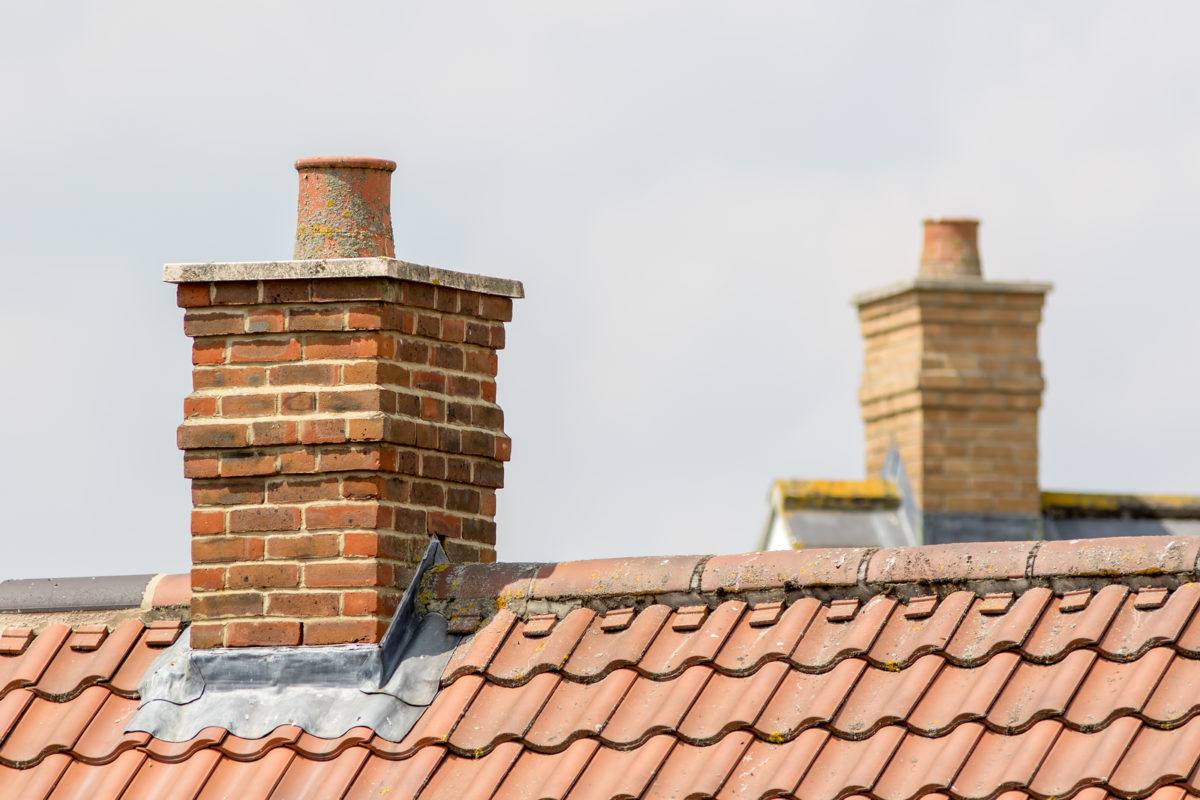If you’ve never had your chimney inspected, you might be wondering what exactly happens when the inspector comes. Annual inspections and chimney cleanings are recommended for safe fireplace burning. You’ll want to get it done between your last fireplace usage last year and your first fire this winter to ensure that it’s in good working condition.
At your scheduled chimney inspection, your chimney sweep will likely use a special camera to look inside the system, affording them a better view of what’s going on where your fire and smoke travel.
Here’s what they’ll look for:
1. STRUCTURAL ELEMENTS AND FLUE
The chimney sweep will first look at the exterior and interior of the fireplace and chimney, looking for any problems of wear and tear, including the fireplace, chimney, flue and hearth. These structural elements can affect whether your chimney stays standing after earthquakes or severe weather.
2. COMBUSTIBLES ARE SECURED
They’ll also look at the structure of the chimney. This is to be sure that combustibles can’t contact any other building materials, which would be a fire hazard. Your fire should stay within a completely secure firebox area. The risk of slow-burning fire within your walls is something to take very seriously.
3. OBSTRUCTIONS
Your chimney sweep will look for any obstructions. These could possibly block the venting of smoke, combustible byproducts and gas, such as animal nests, leaves and other debris. An obstruction could cause these gasses to build up dangerously inside your home instead of leaving like they should.
4. VOLUME AND KIND OF COMBUSTIBLE DEPOSITS
A chimney sweep will look at the volume and nature of any combustible deposits building up on the walls of the chimney to see if they pose a danger. Creosote can ignite within your chimney or flue and is highly flammable.
To see what a chimney sweep inspection looks like using a camera like we use here at Irish Sweep, watch this video:

